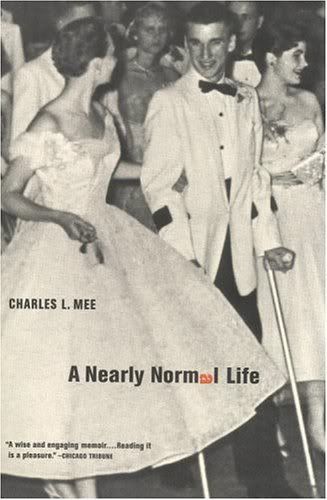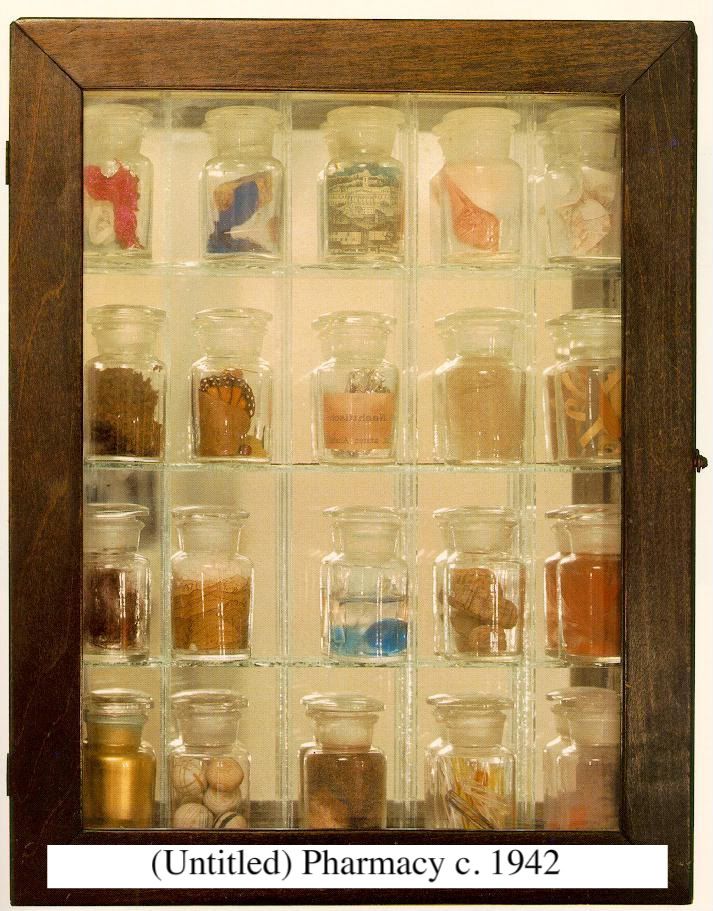 Charles Mee was a carefree, athletic teenager when he was struck with polio in 1953. His memoir, A Nearly Normal Life, reveals how this horrible disease changed his life. In the following quote Mee explains how surviving polio shaped his writing style.
Charles Mee was a carefree, athletic teenager when he was struck with polio in 1953. His memoir, A Nearly Normal Life, reveals how this horrible disease changed his life. In the following quote Mee explains how surviving polio shaped his writing style."I find, when I write, that I really don't want to write well-made sentences and paragraphs, narratives that flow, structures that have a sense of wholeness and balance, books that feel intact. Intact people should write intact books with sound narratives built of sound paragraphs that unfold with a sense of dependable cause and effect, solid structures you can rely on. That is not my experience of the world. I like a book that feels like a crystal goblet that has been thrown to the floor and shattered, so that its pieces, when they are picked up and arranged on a table, still describe a whole glass, but the glass itself lies in shards. To me, sentences should veer and smash up, careen out of control; get under way and find themselves unable to stop, switch directions suddenly and irrevocably, break off, come to a sighing, inconslusiveness. If a writer's writings constitute a "body of work," then my body of work, to feel true to me, must feel fragmented. And then, too, if you find it hard to walk down the sidewalk, you like, in the freedom of your mind, to make a sentence that leaps and dances now and then before it comes to a sudden stop."















